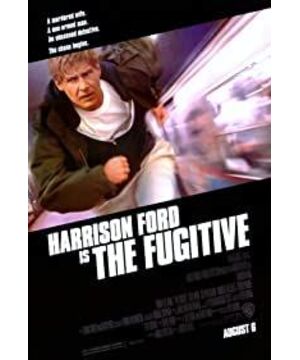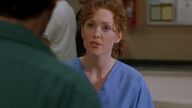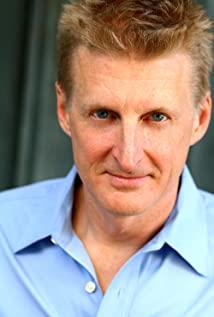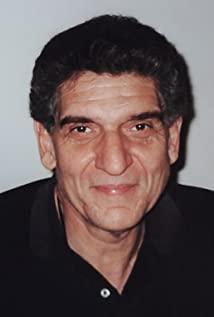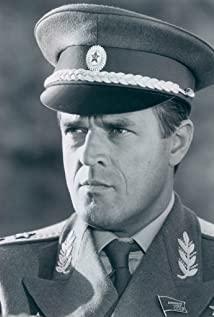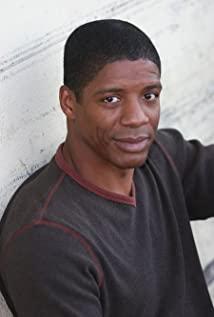What is the big plot?
This term comes from the book "Story" by Hollywood screenwriter Robert McGee. "The classic setting of a grand plot refers to a story built around an active protagonist who, in order to pursue his own desires, after a continuous period of time, in a coherent and causal fictional reality, confronts the main force from the outside world. Fight until a closed ending that ends with an absolute and irreversible change. Is
this definition very long and has many points? It doesn’t matter. In the next analysis of the movie, I will come together one by one. The
story outlines
this one. The protagonist of the movie is a doctor (Harrison Ford). He is wrongly convicted by the court as the murderer of his wife, and then tries to prove his innocence and finally defeat the evil forces. The story of
an active protagonist
revolves around Harrison Ford. The protagonist is an absolute one.
He is active and has changed his destiny
through his own efforts. After a continuous period of time, the
story is a continuous story, from the past to the present development, and even a reverse order. The story is not coherent if there is a
coherent and causal fictional reality
that crosses the magic horse. As long as there is no crossover, the story is coherent.
There is cause and effect, the whole story is very logical, and the plot develops smoothly. , There is no very abrupt coincidences like "
from outsiders " to promote the development of the story.
The contradiction in the story of fighting against external forces is external, mainly the contradiction between the doctor and the evil forces and the contradiction with the police.
At the end of the closed ending
story, the doctor stuns the bad guy and hands it to the police to get his innocence. A complete victory. There is no ambiguity. And it is irreversible.
Scenes
For a typical movie, the author will choose from forty to sixty story events, which are called scenes in common terms. A scene refers to a period of action shown through conflict in a certain sexual pair's continuous time and space. This action changes the value-matched scene in the character's life according to at least one important value that has a certain degree of perceivable.
According to my own classification, there are a total of 28 scenes in this movie. I will not list them one by one. Here are a few of my findings:
1/The scenes since the protagonist was misjudged by the court, the protagonist is in every scene Both are winners. This gives the audience a very stable expectation. In this case, if the logic of the plot is not able to predict the victory of the protagonist, it may be questioned by the audience. The film is very good and very logical.
2/ The detailed design was unconventional at the time. For example, the owner disclosed that the car was blocked by the police in the tunnel and ran into the sewer. The real murderer of his wife was a handicapped person, and the clue to him was through his prosthesis.
3/ The character of the main characters is in place, especially the role of the sheriff. He is a typical "Left" style person, and he sticks to principles when he does things. Moreover, the sheriff has a good grasp of the dark line of changes in the doctor's feelings, and it is gradually developing.
4/ The creation of suspense is very good. The first is the suspense of the boss of the evil forces. There is no direct description of the bad guys in the film, and they completely follow the protagonist's rhythm and think about who the bad guys are. The second is the little suspense of the protagonist’s actions. The protagonist described in the film is very professional as a doctor. The important plot that pushes the turning point of the story involves many things that ordinary people do not do at all (such as finding people with prosthetics using the electricity system). ), let the audience feel fresh.
In summary, from the narrative point of view, "Destiny's End" is definitely a model for big plot movies.
View more about The Fugitive reviews


